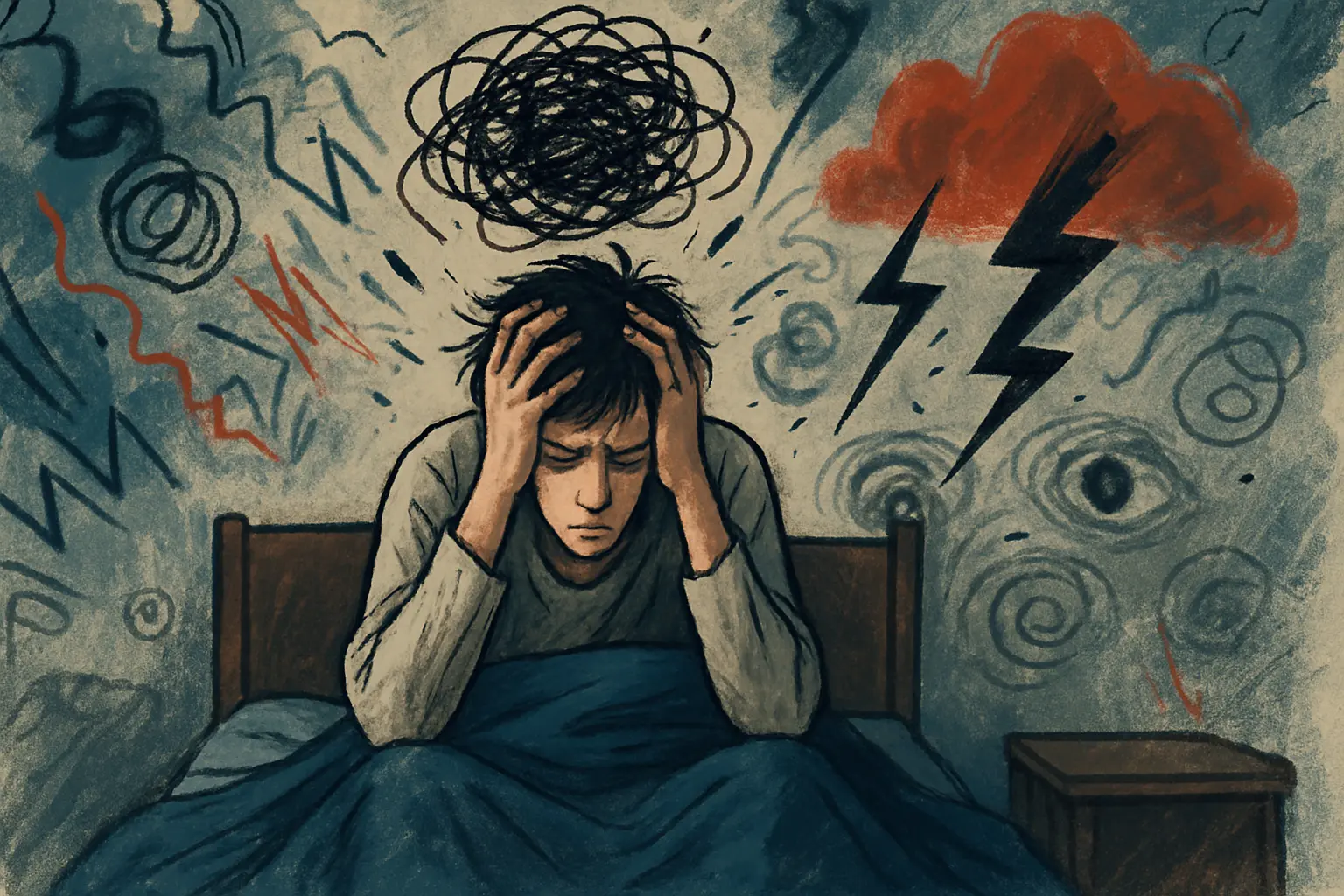Morning Light, Sleep Quality, and Energy Levels: A Practical Guide
Did you know that a few minutes of morning sunlight can change how you feel all day? Light is the strongest cue for your internal clock, also known as the circadian rhythm. Getting morning light helps your body know when to wake up and when to sleep, improving energy, mood, and overall health.
How Morning Light Affects Sleep
- Resets Circadian Rhythm: Signals your brain it’s daytime, which helps you feel sleepy at the right night time.
- Boosts Alertness: Morning light increases cortisol naturally, helping you wake up fully.
- Enhances Melatonin Production at Night: Exposure to light early in the day helps your body produce melatonin properly in the evening, improving sleep quality.
Data Insight: A 2023 study in Sleep Medicine Reviews showed that adults exposed to 30 minutes of natural morning light had 20% deeper sleep at night and reported higher daytime energy levels.
Real-Life Example: Tom’s Morning Routine
Tom, a 42-year-old office worker, struggled with fatigue and insomnia. By stepping outside for 15–30 minutes within an hour of waking and avoiding screen exposure first thing, he noticed:
- Faster sleep onset at night
- Feeling alert by mid-morning
- Reduced afternoon drowsiness
Using SnailSleep to track sleep, Tom saw a measurable increase in REM and deep sleep percentages after 2 weeks.
Practical Tips for Maximizing Morning Light
- Step Outside Immediately After Waking: Even 10–30 minutes counts
- Avoid Sunglasses for Short Exposure: Let natural light reach your eyes safely
- Combine with Light Exercise: Walking or stretching enhances circadian signals
- Limit Morning Caffeine: Let natural light wake you up instead
- Track Your Sleep and Energy: Apps like SnailSleep help correlate morning light exposure with better sleep and alertness
Unique Insight
Many people focus on bedtime rituals, but morning habits are equally important for sleep quality. By prioritizing morning light exposure, you can retrain your internal clock without medication or complicated schedules.
Recent discussions at the 2024 International Sleep Society Meeting emphasized that simple, consistent morning routines can improve both deep sleep and mood, even for those with mild insomnia.
Data Visualization Suggestions
- Line graph: Deep sleep duration vs. minutes of morning light exposure
- Bar chart: Daytime energy levels before and after morning light intervention
- Scatter plot: Morning light exposure vs. sleep latency across participants
Related Articles
- Why Light Pollution Is Stealing Your Sleep (and How to Fight Back)
- Early Morning Wakeups: How to Reset Your Circadian Rhythm
- How Blue Light Disrupts Melatonin and Sleep

